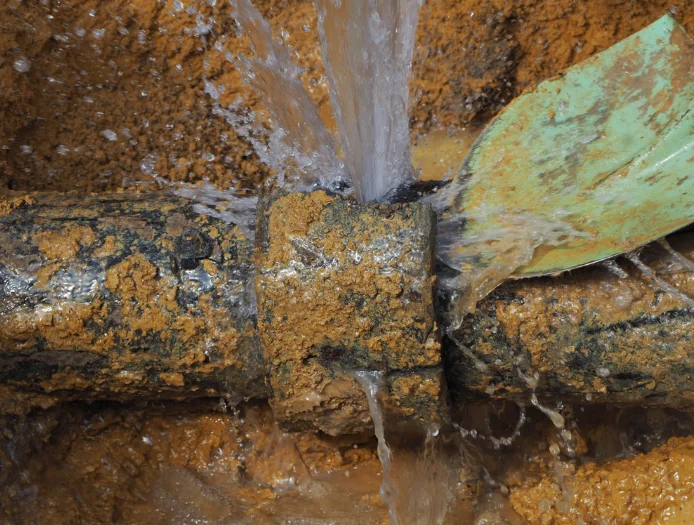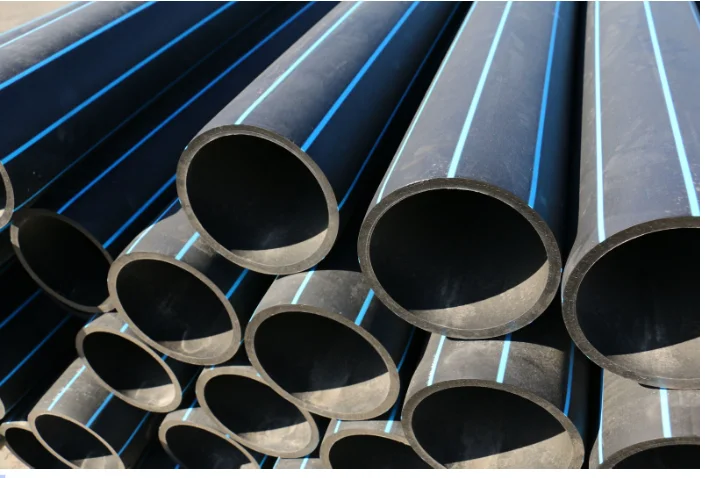Water pressure plays a crucial role in how well a plumbing system functions. Too high, and pipes can burst. Too low, and appliances struggle to work properly. As cliche as it sounds, finding the right balance is a must for water pressure. If pressure issues persist, repairs, irreversible damage, and major inconveniences are likely to follow suit.
Here are some insights on pipe pressure issues, as told by a specialist in pipe repair services in Rathdrum, Idaho.
Why Balanced Pressure Matters
Water pressure should be just right—not too high, not too low. Excessive pressure weakens pipes, causing a need for plumbing leak repair. Meanwhile, low pressure makes daily tasks like showering and washing dishes frustrating. A properly regulated system reduces wear and tear, saving homeowners from expensive plumbing failures.
“Pressure fluctuations cause more damage than good,” says a local plumbing expert. “Ignoring these problems can shorten the lifespan of an entire plumbing system.”
Signs Your Water Pressure Isn’t Right
A small pressure issue can quickly escalate into a major plumbing disaster. Take action and prevent damage if you notice these warning signs:
- Banging or noisy pipes – Sudden pressure surges may cause pipes to move violently.
- Fluctuating water flow – Blockages or supply issues are often caused by inconsistent pressure.
- Unusually high water bills – A hidden leak caused by pressure imbalance may be the culprit.
- Gurgling or sputtering faucets – This often means air is trapped in the pipes.
What’s Considered “Normal” Water Pressure?
Water pressure is measured in pounds per square inch (PSI). The recommended range for a home is 40-60 PSI. Water pressure below 40 PSI may be too weak to support appliances, preventing them from functioning properly. Meanwhile, when PSI is above 80, the pressure may increase the risk of leaks due to excessive strain on the pipes.
To check your home’s pressure, use a water pressure gauge (available at hardware stores) and attach it to an outdoor spigot. If the reading falls outside the recommended range, adjustments are needed.
Dangers of High Water Pressure
Many homeowners incorrectly assume that stronger water pressure is better. The truth is that too much pressure damages pipes, joints, and appliances.
- Increased wear on plumbing fixtures – Faucets, valves, and connectors degrade faster.
- Leaking or a burst pipe – Constant stress weakens joints and connections.
- Shortened appliance lifespan – Water heaters, dishwashers, and washing machines fail sooner.
“Excessive water pressure is like high blood pressure for your plumbing,” says a plumbing contractor. “Over time, it weakens everything, leading to catastrophic failures.”
A pressure-reducing valve (PRV) can be an invaluable addition when pressure exceeds 80 PSI, helping prevent damage.
Common Causes of Water Pressure Issues
Many factors contribute to pressure imbalances. Understanding the cause helps determine the best solution.
- Clogs or buildup – Mineral deposits, sediment, and rust restrict water flow over time.
- Temperature changes – Extreme cold can cause pipes to contract, affecting pressure.
- Leaks in the system – Even small leaks create pressure fluctuations.
- City water supply fluctuations – Municipal water systems sometimes increase or decrease pressure unexpectedly.
Sudden changes in pressure warrant inspections to find out why these issues happen.
How to Remove Air from Pipes
Air trapped in pipes leads to gurgling sounds, sputtering faucets, and uneven water flow. The solution? Bleeding the pipes.
Here’s how to do it:
- Turn off the main water supply.
- Open all faucets, starting from the highest floor to the lowest.
- Let the water run until the sputtering stops, then close the faucets and restore the water supply.
This process is simple and is effective for removing trapped air and restoring steady flow.
When Pipe Replacement Is Necessary
Older or damaged pipes handle pressure fluctuations poorly. In this case, replacement may be the best option.
Here are signs to upgrade your pipes:
- Rust-colored water – Indicates corrosion inside the pipes.
- Frequent leaks – Repeated repairs suggest that pipes are failing.
- Visible wear – Cracks, bulging, or discolored pipes signal serious damage.
If your home still has galvanized steel or polybutylene pipes, replacing them with modern materials like PEX or copper improves longevity and performance.
Preventing Future Pressure Problems
Regular maintenance is key to keeping water pressure balanced. The following steps can reduce stress on your plumbing while extending its lifespan:
- Check water pressure regularly – Use a gauge every few months.
- Inspect for leaks – Catching small drips early prevents bigger issues
- Flush your system – Running water through pipes clears buildup.
- Schedule professional inspections – Plumbers can detect hidden problems before they escalate.
Ignoring water pressure problems can lead to higher utility bills, frequent leaks, and costly repairs. Be sure to keep pressure balanced to keep your plumbing systems efficient and long-lasting.









